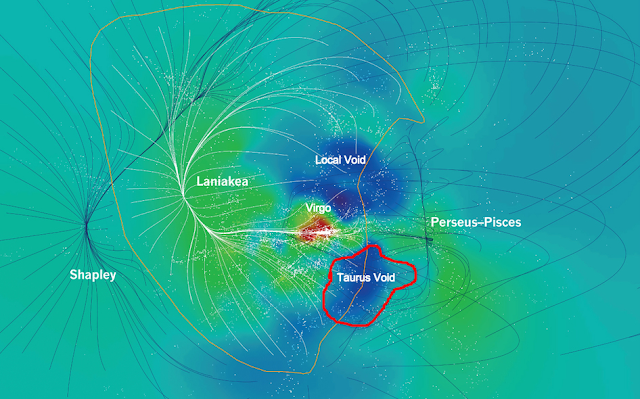Solar system, galaxies, clusters and universe, although these terms are familiar to us but there are times when we get somewhat confused which is the subset of the other or which is the most appropriate term to use in some context. So here is a brief expiation of each of these:
 |
| Solar system |
SOLAR SYSTEM:
First off there is one and only Solar system which is defined as a system in which celestial objects such as planets, dwarf planets, satellites and asteroids,
comets etc are in motion around our Sun, that is because our planetary system is named Solar system (which is a proper noun) because the actual name of our star (sun) is Sol. The technical name for such a system of astronomical bodies orbiting a star or stars is planetary system.
comets etc are in motion around our Sun, that is because our planetary system is named Solar system (which is a proper noun) because the actual name of our star (sun) is Sol. The technical name for such a system of astronomical bodies orbiting a star or stars is planetary system.
 |
| Milky Way |
GALAXY:
A galaxy is defined as a collection of gasses, celestial bodies and billions of stars and their planetary systems. All the stars in a galaxy revolve around its center and are held by enormous gravity. Our galaxy Milky Way has a supermassive black hole at its center which accounts for this tremendous gravitational pull keeping all the stars in elliptical orbit around itself.
 |
| Local Group |
CLUSTER:
A Cluster or more generally called a cluster of galaxies is a group of about 100-1000s of galaxies bound together by bodies of 1014-1015 solar masses ( solar mass = mass of sun , approx 2×1030 kg ). Our cluster is called Local group which contains more than 30 galaxies and spans over 10 million light years.
 |
| Laniakea (Supercluster) |
SUPERCLUSTER:
Supercluster is the largest known structures in the universe and is a group of several clusters. Our previous Supercluster Virgo contains over 2000 galaxies. Previously Superclusters were defined as extended regions with high concentration of galaxies. The mass of a typical Supercluster consisted of 1015 solar masses and it was spread over several million light years.
For many years scientists could not come up with a definite definition of Superclusters that could define a clear boundary between two Superclusters but as of 2014 scientists came up with a new definition according to which the Virgo appears to be a part of a much larger Supercluster named Laniakea which has about 100,000 galaxies. This Laniakea Supercluster is said to be 500 million light-years in diameter and has the mass of hundred million billion Suns spread across 100,000 galaxies.
 |
| Observable Universe |
UNIVERSE:
The universe or more technically speaking the visible universe (The universe inside the Hubble sphere) is something which holds all matter, all super clusters and the whole of cosmos which spans over 10 billion light years and it is said to be about 13 billion years old.
So in summary,
Earth > Continent > Country > State > City
Similarly
Universe > Supercluster > Cluster > Galaxy > planetary system
So in the Light of this information I think we all can understand the astronomical gap of honor between the Ms. World pageant and Ms. Universe.
Comments
Post a Comment